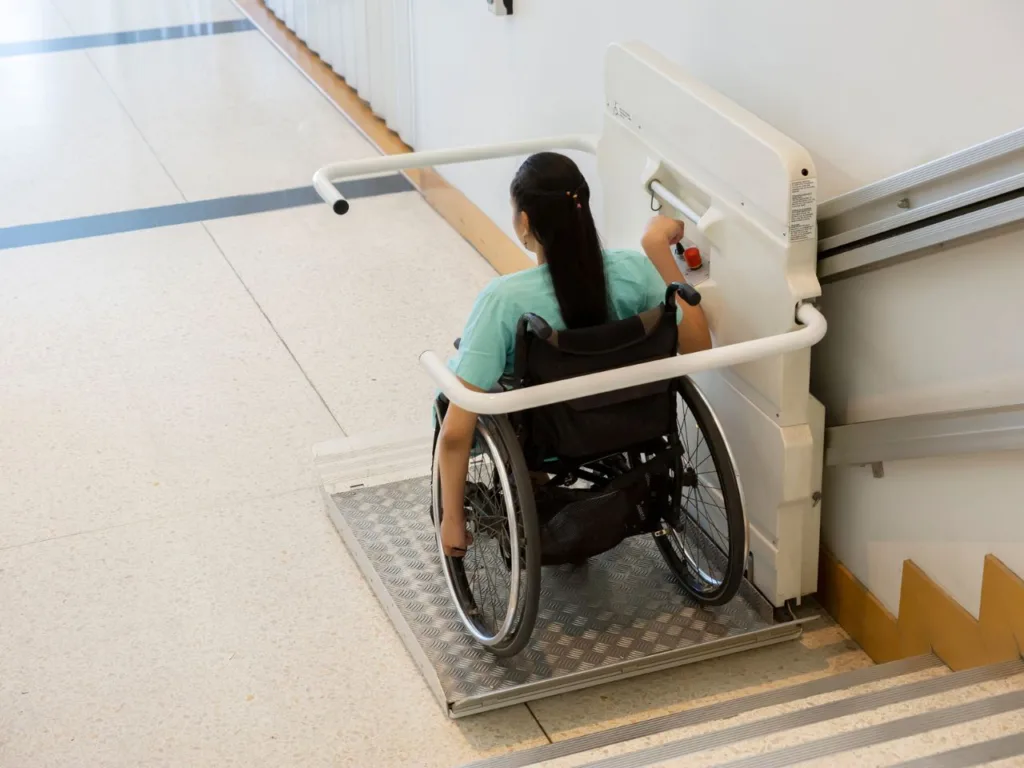Updated on August 24, 2025

Australia is known for its strong commitment to social welfare, with a range of policies designed to support citizens through various stages and challenges of life. From young people pursuing education to older adults entering retirement, and from families raising children to individuals living with disabilities, these support measures aim to promote equity and stability. At the heart of this commitment lies a diverse and adaptive benefits system that reflects the country’s values of fairness, dignity, and social inclusion. Understanding the categories and structure of these benefits reveals how Australia works to ensure no one is left behind.
The Australian Social Security System
The Australian Social Security System is a government-funded framework designed to provide financial assistance and support services to individuals and families facing various life circumstances such as unemployment, disability, retirement, and low income. Administered primarily through Centrelink, a division of Services Australia, the system is non-contributory and means-tested, meaning eligibility is based on a person’s income and assets rather than their prior tax contributions. It is funded by general taxation, and it aims to promote social equity and reduce poverty by ensuring that all Australians have access to basic resources and opportunities. The system includes a wide range of payments and allowances, including the age pension, jobseeker payment, disability support pension, family tax benefit, and youth allowance, among others.
Key Categories of Social Security Benefits
Job seeker support
JobSeeker payment is the primary benefit for individuals who are unemployed and actively looking for work. It replaced the former Newstart Allowance in 2020. Eligibility is based on age, income, residency status, and job-seeking activity. Additional programs like Youth Allowance support younger Australians who are studying, training, or seeking jobs. There is a mutual obligation that requires recipients to engage in approved activities, such as applying for jobs or participating in training.
Age pension
The Age Pension supports older Australians who have reached retirement age (currently 67) and meet certain residency and income/assets criteria. As of 2025, single pensioners can receive up to approximately $1,149 per fortnight. Couples can receive a combined amount of approximately $1,732 per fortnight. The pension is subject to means testing, encouraging private savings and superannuation while still offering a safety net.
Disability and carers
The Australian social security system offers financial support to individuals with long-term disabilities and those who care for them. The Disability Support Pension (DSP) provides income to people with permanent physical, intellectual, or psychiatric conditions that significantly limit their capacity to work. In addition, carers may be eligible for the Carer Payment, a fortnightly income support for those providing full-time care, and the Carer Allowance, a supplementary payment for those offering daily assistance. These benefits help ensure that both people with disabilities and their carers can maintain a reasonable standard of living and participate in the community.
Family and parenting support
Family and parenting support is a vital component of Australia’s social security system, aimed at helping families manage the costs of raising children. Key payments include the Family Tax Benefit Parts A and B, which provide financial assistance based on family income and the number of children. Eligible working parents may also receive Paid Parental Leave, offering up to 20 weeks of pay at the national minimum wage, and Dad and Partner Pay, which provides up to 2 weeks of support for fathers and partners. These benefits are designed to promote child wellbeing, support work-life balance, and ease financial pressures during critical parenting periods.
Youth and student support
The Australian social security system is also designed to assist young people who are studying, training, or seeking employment. Payments such as Youth Allowance support individuals aged 16 to 24 who are engaged in education or looking for work, while Austudy is available for students aged 25 and over. Additionally, ABSTUDY provides tailored assistance to Aboriginal and Torres Strait Islander students. These payments help cover living costs and encourage continued participation in education and training, promoting long-term economic independence and social inclusion.
Accessing Social Security in Australia
To access benefits, individuals typically must:
- Be an Australian citizen, permanent resident, or protected special category visa holder.
- Pass income and assets tests.
- Meet residency rules (often having lived in Australia for a minimum period).
- Fulfill activity or mutual obligation requirements, especially for unemployment-related benefits.
Conclusion
Australia’s social security benefits framework serves as a crucial safety net, ensuring individuals and families are supported through life’s transitions and hardships. While the system is comprehensive, it continues to evolve in response to demographic shifts, economic pressures, and public policy debates. For many, these benefits are not just a lifeline but a foundation for dignity, inclusion, and opportunity in Australian society.
RELATED ARTICLES
Age pension vs Disability pension
What happens if you are medically unfit for work in Australia?



